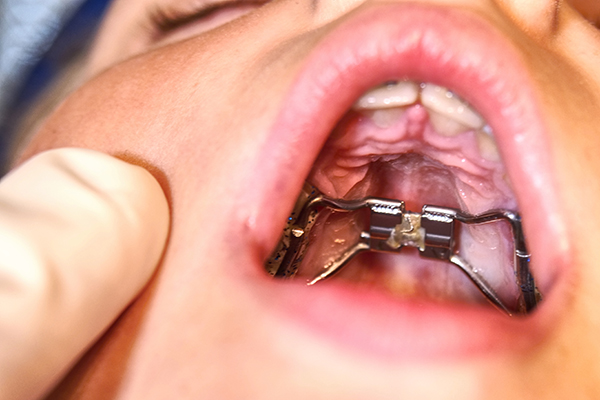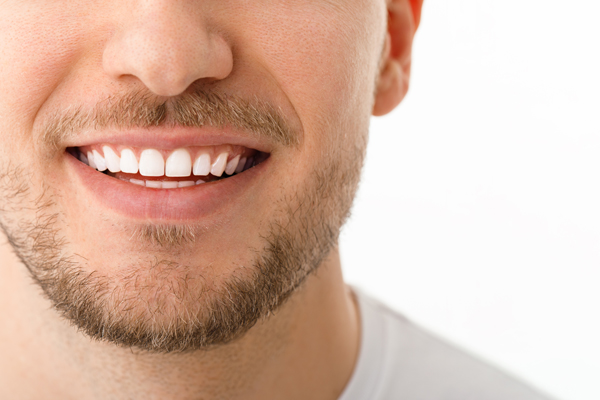Orthodontic Expanders: Commonly Asked Questions

Orthodontic expanders optimize most of a child's natural teeth growing process by correcting or stopping malocclusions or misalignment. By progressively broadening the upper jaw, the palate expander assists an orthodontist in creating extra room in a child's mouth. Although the appliance may appear or sound intimidating at first, it works gradually and painlessly. Discover the answers to five questions that parents often ask about orthodontic expanders.
What is an orthodontic expander?
An orthodontic expander is a customized orthodontic device that fits over several upper teeth at the rear of the mouth. The device consists of two sides that are screwed together in the middle. Each day, a specific key is used to initiate the turn screw. The palatal bones start to expand and drift apart slowly. The appliance will stay in the mouth for about three to six months after getting the necessary expansion, so new bone can develop in the space and stabilize the development.
Why is it necessary?
There are three instances in which a child's palate may need to be expanded.
Crossbite: For an abnormally small upper jaw that fails to connect properly with the lower jaw, the rear top teeth will align inside instead of outside the lower teeth. A patient with a narrow palate may have a crossbite, and this can lead to unequal lower jaw development, which if not rectified, can cause facial asymmetry.
Overcrowding: A orthodontist can tell if there will be adequate room for a child's permanent teeth even before they fully emerge. Without having to pull any teeth, they can make room by broadening the upper jaw.
Impacted teeth: An impacted tooth is one that has not yet erupted but is obstructed by other teeth. The canines are the most usually affected. The upper jaw can be widened to provide enough room for a tooth to slip down into the right place independently.
Breathing Problems: Breathing via the nose might be challenging for a child with a narrow or deep upper jaw. Constant mouth breathing results in unfiltered bacteria inhalation, dry mouth, and other health problems.
How can one adjust an expander?
It is the responsibility of the parent or guardian to turn the orthodontic expanders at the intervals recommended by the orthodontist once it has been implanted in the child's mouth. The device's rotation is what expands the upper jaw. Aside from the set of instructions, the child's dentist will provide a specially designed key that fits into an opening in the device.
What are the common side effects?
As the upper jaw extends and widens, orthodontic expanders can cause discomfort and pain. Other side effects include jaw ache, headaches, sinus pressure, speech difficulties, high saliva production, and a gap between the front teeth. Food particles can also get lodged between the device and the roof of the mouth.
In conclusion
If you think that your child might benefit from orthodontic expanders, talk to the orthodontist. Book an appointment today to get started.
Request an appointment here: https://valleyranchorthodontics.com or call Valley Ranch Orthodontics at (972) 200-1016 for an appointment in our Irving office.
Check out what others are saying about our services on Yelp: Read our Yelp reviews.
Related Posts
A smile makeover can transform the appearance of teeth, creating a more confident and attractive smile. This process involves a customized plan that corrects alignment issues, gaps, discoloration, and other cosmetic concerns. Each treatment fits individual needs and goals, ensuring the best possible results.A smile makeover is a plan to improve the overall look of…
Damon Braces can straighten your smile with less discomfort than traditional braces. These self-ligating braces use a special sliding mechanism that allows the wires to move freely, reducing friction and pressure on the teeth. Before starting treatment, it is important to understand how they work, their benefits, and what to expect.Damon Braces uses a built-in…
Clear aligners are a popular way to address orthodontic issues, such as crooked or crowding teeth. Over the years, the technology behind clear aligners has greatly improved, which has created competition when it comes to choosing aligners over the traditional route of metal braces. When having the teeth straightened with clear aligners, the entire process…
If you are in the market for a new smile, you may be faced with the dilemma of which to choose –– Invaslign® or the traditional metal braces.Traditional braces are the most common type of orthodontic treatment for all ages. While they may be effective in straightening the teeth, some may consider them an unattractive…


